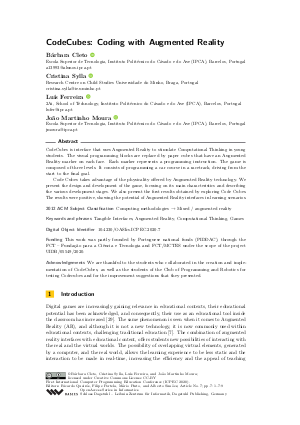OASIcs.ICPEC.2020.7.pdf
- Filesize: 0.57 MB
- 9 pages

 Creative Commons Attribution 3.0 Unported license
Creative Commons Attribution 3.0 Unported license







Feedback for Dagstuhl Publishing